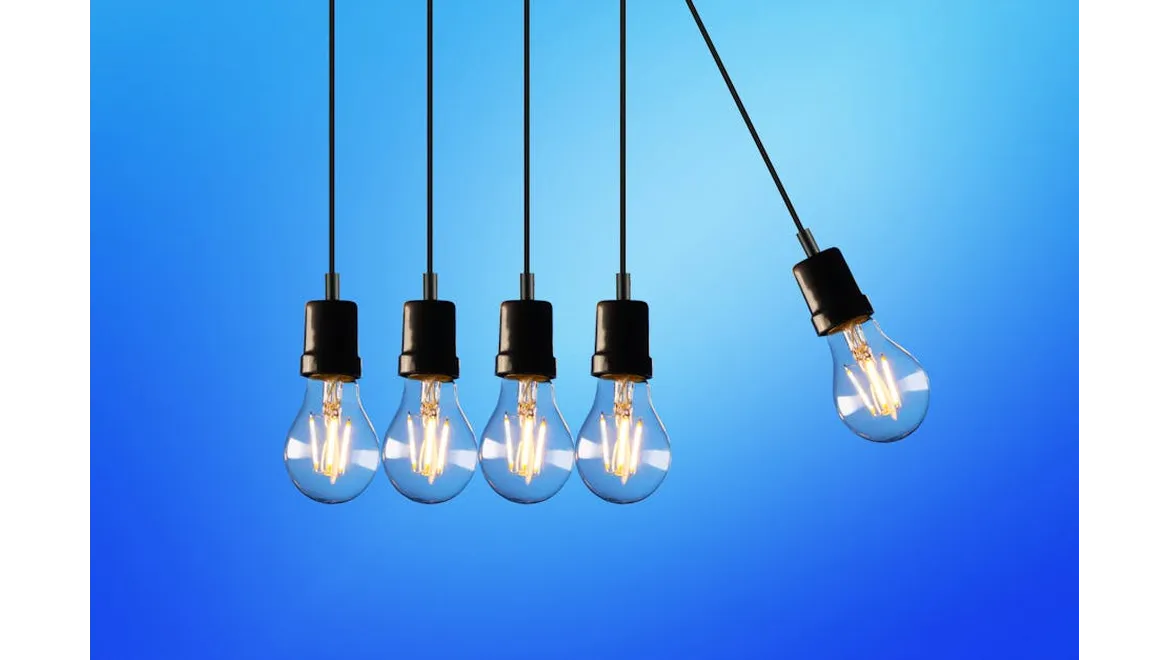Embarking on the journey of leveraging artificial intelligence to identify influencers and track their impact has been an eye-opening experience. I’m excited to share my insights and guide you through the steps I took to navigate this fascinating intersection of technology and marketing.
Understanding the Basics
Before diving in, it’s crucial to grasp the fundamentals of AI and influencer marketing. AI, in simple terms, refers to machines designed to mimic human intelligence. In the context of influencer marketing, AI can analyse vast amounts of data to identify key individuals who have substantial sway over potential customers.
Step 1: Defining the Objectives
The first step in my journey was to define clear objectives. What did I hope to achieve by using AI to identify influencers? For me, it was about improving brand visibility and engagement. Establishing these goals upfront provided a clear direction and helped in selecting the right AI tools later on.
Step 2: Choosing the Right AI Tools
With objectives in place, I turned my attention to selecting the appropriate AI tools. There are a plethora of options available, but I found tools like HypeAuditor and Traackr particularly useful. These platforms offer sophisticated algorithms that can sift through social media data to pinpoint influential individuals.
Step 3: Data Collection and Analysis
Once the tools were in place, the next step was data collection. This involved integrating the AI tools with various social media platforms. Most of these tools offer seamless integration options, allowing them to pull data from platforms like Instagram, Twitter, and YouTube.
The AI then analysed this data to identify patterns and trends. For instance, it looked at user engagement metrics such as likes, shares, and comments to determine the level of influence an individual had. What amazed me was the AI’s ability to discern not just the quantity but the quality of interactions, providing a more nuanced understanding of influence.
Step 4: Identifying Key Influencers
Armed with data, the AI then generated a list of potential influencers. This list was incredibly detailed, including information about each influencer’s audience demographics, engagement rates, and even the type of content they specialise in. This made it easy to identify individuals who aligned perfectly with my brand’s values and target audience.
Step 5: Engaging with Influencers
After identifying key influencers, the next logical step was to engage with them. I crafted personalised messages, explaining why I believed a collaboration would be mutually beneficial. The detailed insights provided by the AI tools were invaluable here, allowing me to tailor my approach based on each influencer’s unique characteristics and preferences.
Step 6: Tracking Impact
Identifying and engaging with influencers is only half the battle; tracking their impact is equally crucial. I set up KPIs such as engagement rates, website traffic, and conversion rates to measure the effectiveness of influencer collaborations.
The AI tools continued to play a vital role in this phase. They monitored the performance of each influencer campaign in real-time, providing insightful analytics that helped me tweak strategies as needed. For example, I could see which types of posts generated the most engagement and adjust future content accordingly.
Step 7: Iterating and Optimising
The final step in my journey was to iterate and optimise. Based on the data collected, I continuously refined my approach. This involved not just adjusting the influencer strategy but also fine-tuning the AI algorithms to better align with my evolving objectives.
One particular instance that stands out is when I noticed a dip in engagement rates. The AI tool identified that this was due to a shift in audience interests, allowing me to pivot my strategy promptly and effectively.
Bringing It All Together
Using AI to identify influencers and track their impact has been a transformative experience. It has streamlined the process, making it more efficient and data-driven. From setting clear objectives and selecting the right tools, to collecting and analysing data, engaging with influencers, and tracking their impact, each step has been instrumental in enhancing my marketing efforts.
The journey doesn’t end here, though. AI is constantly evolving, offering new opportunities to refine and optimise influencer marketing strategies. By staying abreast of these advancements, I’m excited to see how AI will continue to shape the future of influencer marketing.
I hope this guide provides you with a clear roadmap to harness the power of AI in your own influencer marketing efforts. Happy influencing!











